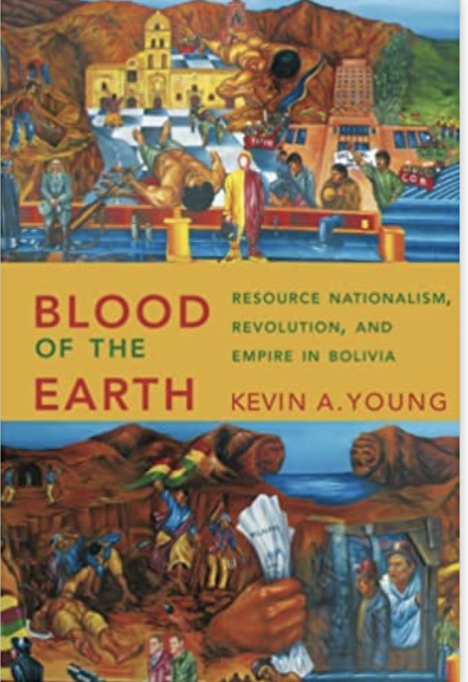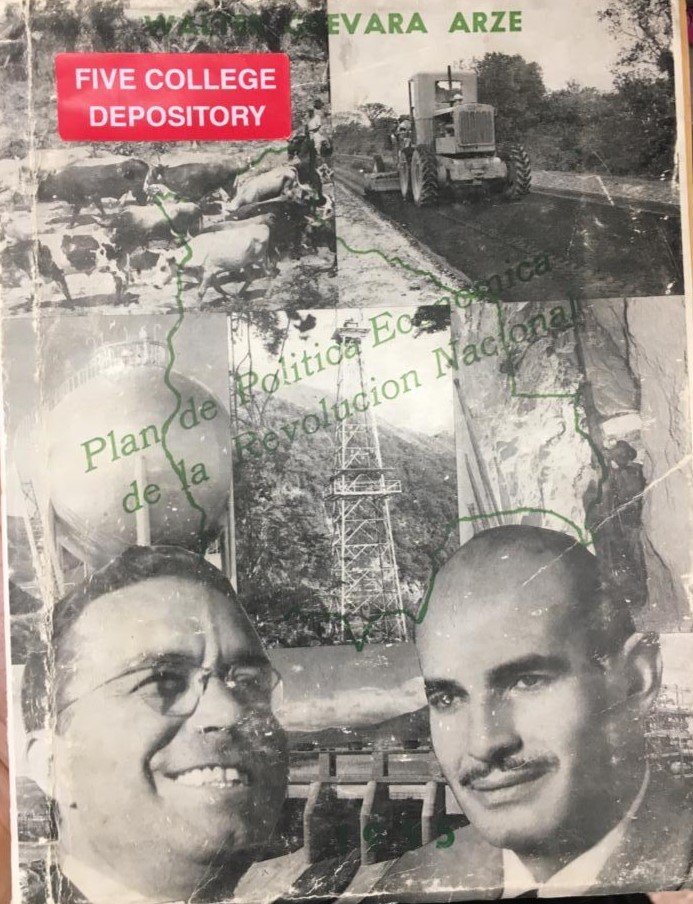Kevin Young
Kevin A. Young is an associate professor of history at the University of Massachusetts Amherst. He is the author of Blood of the Earth: Resource Nationalism, Revolution, and Empire in Bolivia (2017), editor of Making the Revolution: Histories of the Latin American Left (2019), and co-author of Levers of Power: How the 1% Rules and What the 99% Can Do About It (2020). His articles on Bolivia have appeared in Diplomatic History, Hispanic American Historical Review, Latin American and Caribbean Ethnic Studies, Latin American Perspectives, and other journals.
Working with Primary Sources
The March to the East
Wálter Guevara Arze
In the aftermath of the revolution, the Revolutionary Nationalist Movement (MNR) confronted dramatic economic difficulties. In January 1955, the government released its Plan inmediato de polltica económica del Gobierno de la Revolución Nacional, an “immediate plan” to address looming structural challenges, Significantly, the official who elaborated and signed the crucial document was the minister of foreign affairs, Walter Guevara Arze, rather than the minister of finance, as might be expected. The document sought to meet two objectives: first, to justify to the United States that its financial and technical assistance was necessary; second, to provide guidance to the fledgling government’s own functionaries. The challenge was for Bolivia to overcome its heavy reliance on mineral exports and to diversify economically. The country would be perpetually in deficit unless it could boost petroleum exports, rather than rely on agricultural and energy imports. The immediate plan proposed to do precisely this, with joint Bolivian-U.S. funding, through a march to the east–that is, by developing the lowand region of Santa Cruz. Key to the process was to develop a new road network linking Cochabamba and Santa Cruz and to promote agrarian colonization through foreign (European and Japanese) immigration and the coordinated migration of highland and valley peasants. The program thus met long-standing eastern regional demands for attention and resources, and fulfilled the aspirations of administrators, going back to the late-colonial Bourbon period, to colonize the lowlands. By providing the necessary capital, resources, and assistance for this transition, the United States quickly consolidated control over a revolution it had initially seen as a potential threat.
Excerpt from The Bolivia Reader: History, Culture, Politics. Edited by Sinclair Thomson, Rossana Barragán, Xavier Albó, Seemin Qayum, and Mark Goodale. Durham: Duke University Press, 2018, 302.
We thank Kevin Young for providing this source.


